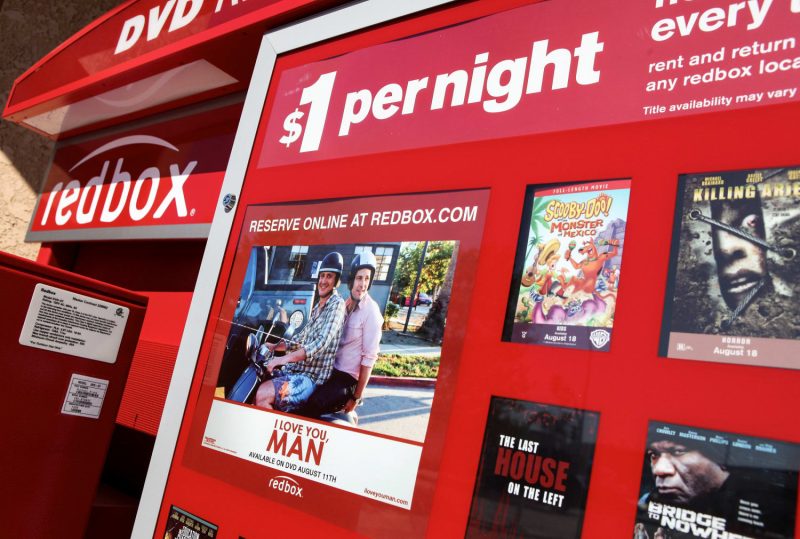As the digital age relentlessly pioneers into new territories, one brick-and-mortar stalwart towards the end of its rope is Redbox, a popular DVD and Blu-ray disc rental service, known predominantly for its red kiosks, found in retail stores across America. However, the rise of online streaming services, like Netflix, Hulu, Amazon Prime, and Disney Plus, have advocated for a market shift, putting Redbox in a sophisticating ordeal.
Dating back to 2002, Redbox, owned by Apollo Global Management, established a massive footprint in the entertainment sector, offering consumers an affordable and convenient way of renting DVDs. The company expanded rapidly, exploiting the demise of the rental giant, Blockbuster, by introducing over 40,000 kiosks in more than 33,000 locations.
However, the advent and subsequent maturation of the streaming market rendered renting DVDs progressively obsolete. This shift primarily began with the enticing offer of unlimited movie rentals right from the comfort of home; eliminating the need to trek to physical locations to rent or return DVDs. Streaming platforms provided consumers not just with comfort, but also with a vast library of original and exclusive content available at a push of a button. It revolutionized the way consumers perceive and consume entertainment, quickly leaving the once-thriving DVD rental market in limbo.
The decreasing demand for physical rentals has put enormous pressure on Redbox. Data from Digital Entertainment Group suggests a grim future for physical media with DVD and Blu-ray sales falling 9.4% in the third quarter of 2020. Meanwhile, digital sales and subscription streaming climbed 12% to $4 billion. Redbox tried to stay afloat by venturing into the streaming market. In 2017, it launched Redbox On Demand, an online service for renting or buying movies and television series, but it found difficulty competing with established industry giants and their robust content libraries.
Entwined with other factors like the acceleration of cord-cutting and the widespread pandemic that shuttered retail stores nationwide, Redbox’s revenues experienced a drastic contraction down to $488 million in 2020 from $1.86 billion in 2017.
With digital technologies evolving at a robust pace, it is unclear how much longer Redbox can maintain its red kiosks throughout America. DVD and Blu-ray rentals currently contribute 90% of the company’s revenue, according to Apollo Global Management, highlighting the company’s dependency on a fading market.
Besides the daunting digital transformation, the






























